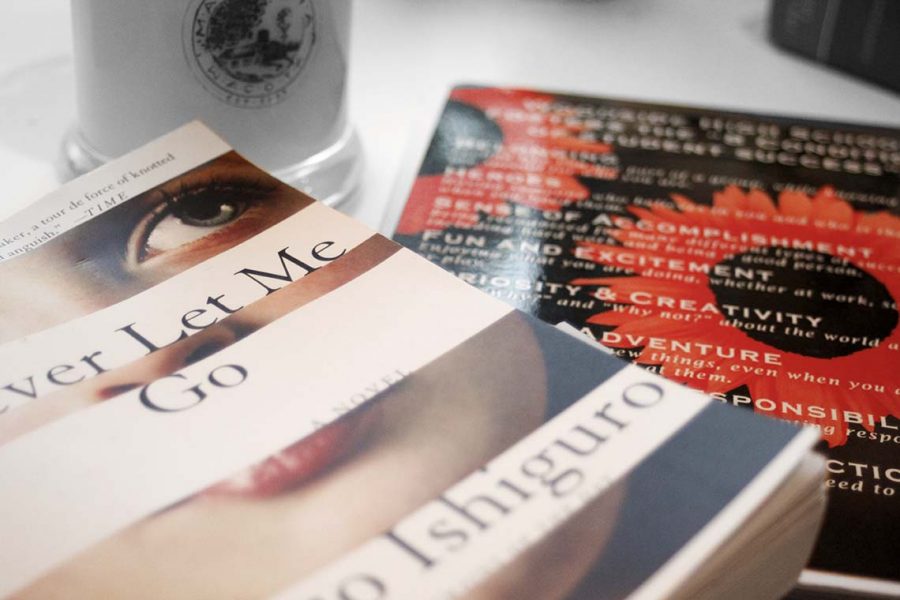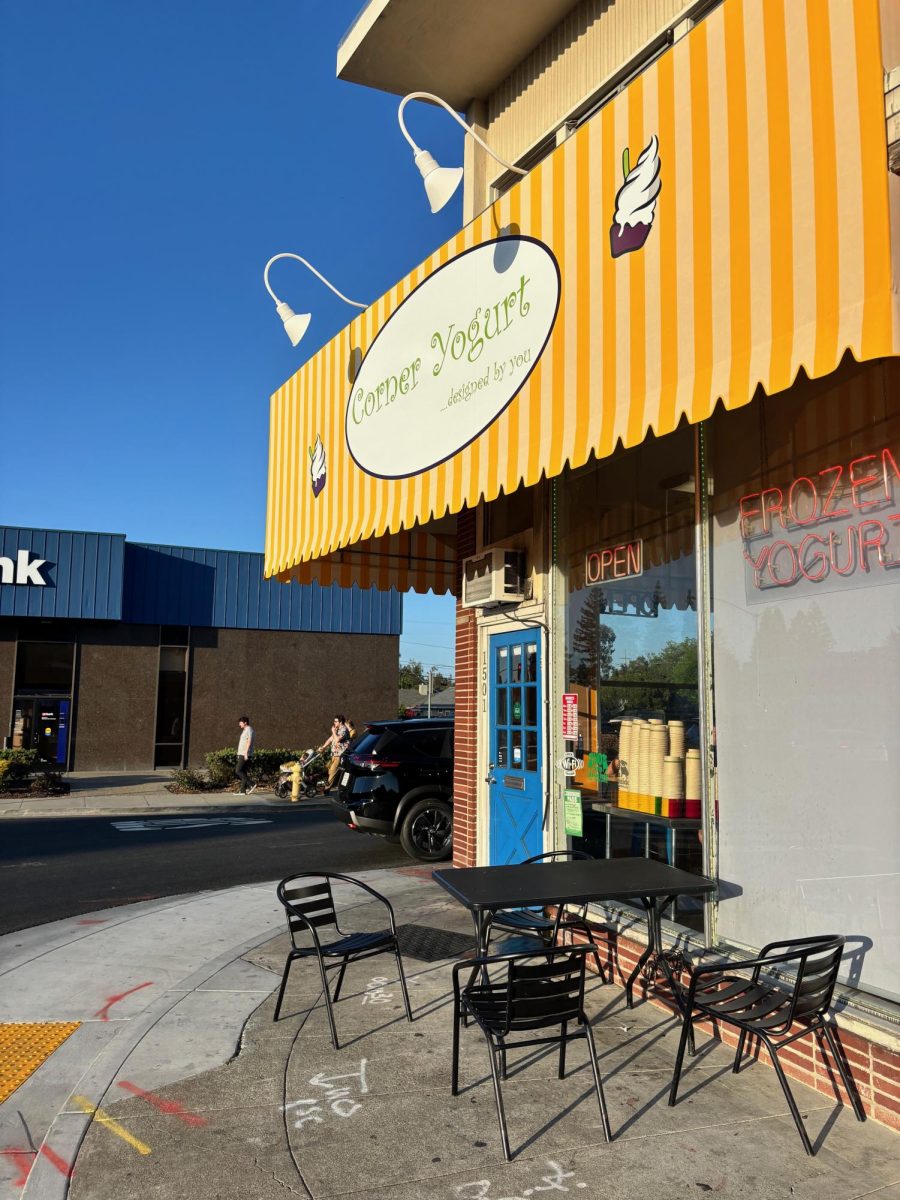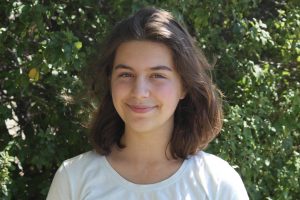Following last Monday’s Big Read, Woodside students and teachers alike wonder how effective both the Big Read and SSR are at encouraging students to read.
Each summer, every Woodside student is required to participate in the Big Read, which involves reading any book of 150 pages or more, completing a related assignment, and presenting that assignment to their sixth period class. Many teachers believe this succeeds in helping students read over the summer, but some believe the guidelines have a variety of issues.
“One of the fears I have about the Big Read is that since there is limited accountability for it, the students that aren’t forced to read a book for AS or AP don’t read a new book over the summer and just recycle a book that they’ve read or a movie they’ve seen and pretend it’s a book,” explained Anthony Mueller, a Woodside English teacher.
The Woodside staff implemented the Big Read in hopes to minimize the effects of the summer slide, the idea that students lose many academic skills over the summer if they do not continue to practice them.
“It’s a nice idea to make sure everyone has read at least one book over the summer to maintain their ability to annotate and to read a story at the high school level,” stated junior Colby Peck. “[But] it’s just another summer assignment on top of all the AP assignments that all the upperclassmen and sophomores have.”
Many students view the Big Read as a chore, especially if their fall classes already require summer reading. However, it gives students to respond to literature in a way that they can’t in their regular classes.
“The Big Read gives [students] the chance to say their personal responses to the book, which in AP English Literature is moot,” asserted English teacher Kathleen Coughlin. “But here, you get to chat about a book.”
Another strategy Woodside uses to encourage reading among students is Silent Sustained Reading (SSR), a 20 minute period after lunch every day except for Wednesdays. SSR is meant to be a time when students can read any book they want, not just required material. Due to this fixed time slot, some believe that it might be more slightly successful than the Big Read.
“The Big Read is not [a successful way to make students read], but SSR might be,” admitted Joshua Gelb, a math teacher. “It gives kids more time to read, so they’re more likely to read, but those who would not have read before, would they now read because of SSR? No.”
Some students believe SSR’s lax enforcement prevents it from helping students engage with literature.
“What I’ve noticed is that most teachers and students don’t really take SSR seriously for its original purpose, which is trying to get students to read books more often,” revealed junior Peter Klopp. “In reality, most students use SSR as a time to finish homework for the next day.”
However, many see SSR as more than just a reading time. It can also be refreshing for both teachers and students.
“Professionally and academically, I think [SSR] is of the utmost importance,” declared Coughlin. “[Students] are exercising their minds and they’re looking at sentence structures and expanding their vocabulary. SSR provides at least a brief venue for that. On a more emotional side, I like that it is very calming for everybody, and for me too.”
Some believe that even though SSR and the Big Read may not work well, they are worth it because they do help some students read more.
“Is it better to create a venue for some people to read who might not otherwise read? Maybe so,” Coughlin concluded.









